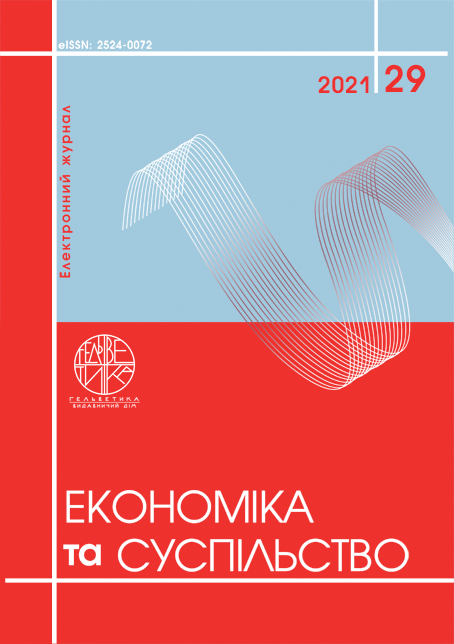PREREQUISITIES OF TIME-MANAGEMENT OPTIMIZATION
Abstract
A person has a limited non-renewable resource, the effective use of which is extremely important for any person. Therefore, the issue of optimizing time management as an enterprise, technology and personality is relevant. The theoretical basis for optimizing time-management today should be based on a thorough understanding of the essence of time-management and the main tools for its optimization for the needs of individuals and enterprises. The article highlights the need of management for the individual and for the enterprise. The main categories of subjects who need to master the basics of time management optimization are identified. A retrospective of theoretical approaches to time-management is traced. The main elements of the time-management system are identified: philosophy, strategy, technology and efficiency. The main elements of time-management are proposed, such as: goal setting, prioritization, task list formation, task planning and optimization, task execution, task control, feedback with goal setting. The essence and features of time-management optimization are considered. The technique of application of methods of mathematical modeling of a choice of alternative variants at optimization of time management to spend in three basic consecutive stages is offered. The algorithm of development of elements of organizational and practical maintenance of time-management optimization is formed. Methods of mathematical modeling allow companies in a very limited time with the use of small resources to get answers to complex questions. The formation of the unit for assessing the prerequisites for optimizing time management should be carried out in three main stages: analysis and evaluation of information on tasks and time for their implementation by empirical and statistical methods; data modeling to identify projected trends and directions of development of system components; time-management optimization. All tasks and limitations in the use of such methods must be clearly set and take into account the achievements of the previous stages of formation of the time management system.
References
Архангельский Г.А. Корпоративный тайм-менеджмент: Энциклопедия решений. Москва : Альпина Паблишер, 2015. 211 с.
Аллен Д. Как привести дела в порядок. Искусство продуктивности без стресса. Москва : Манн, Иванов и Фербер, 2015. 416 с.
Зайверт Л. Ваше время в ваших руках. Москва : Экономика, 1990. 232 с.
Кови С. 7 навыков высокоэффективных людей. Мощные инструменты развития личности. Москва : Альпина Паблишер, 2015. 396 с.
Трейси Б. Тайм-менеджмент. Москва : Манн, Иванов и Фербер, 2016. 305 с.
Хилл Н. Думай и богатей. Москва : АСТ, 2015. 384 с.
Янковой А. Г. Математико-статистические методы и модели в управлении предприятием. Одесса : ОНЭУ, ротапринт, 2014. 250 с.
Arkhangelskij G.A. (2015) Korporativnyj tajm-menedzhment: Encziklopediya reshenij. Moskva: Alpina Pablisher. 211 s. (in Russian)
Allen D. (2015) Kak privesti dela v poryadok. Iskusstvo produktivnosti bez stressa. Moskva: Mann, Ivanov i Ferber. 416 s. (in Russian)
Zajvert L. (1990) Vashe vremya v vashikh rukakh. Moskva: Ekonomika. 232 s. (in Russian)
Kovi S. (2015) 7 navykov vysokoeffektivnykh lyudej. Moshhnye instrumenty razvitiya lichnosti. Moskva: Alpina Pablisher. 396 s. (in Russian)
Trejsi B. (2016) Tajm-menedzhment. Moskva: Mann, Ivanov i Ferber. 305 s. (in Russian)
Khill N. (2015) Dumaj i bogatej. Moskva: AST. 384 s. (in Russian)
Yankovoj A.G. (2014) Matematiko-statisticheskie metody i modeli v upravlenii predpriyatiem. Odessa: ONEU, rotaprint. 250 s. (in Russian)


